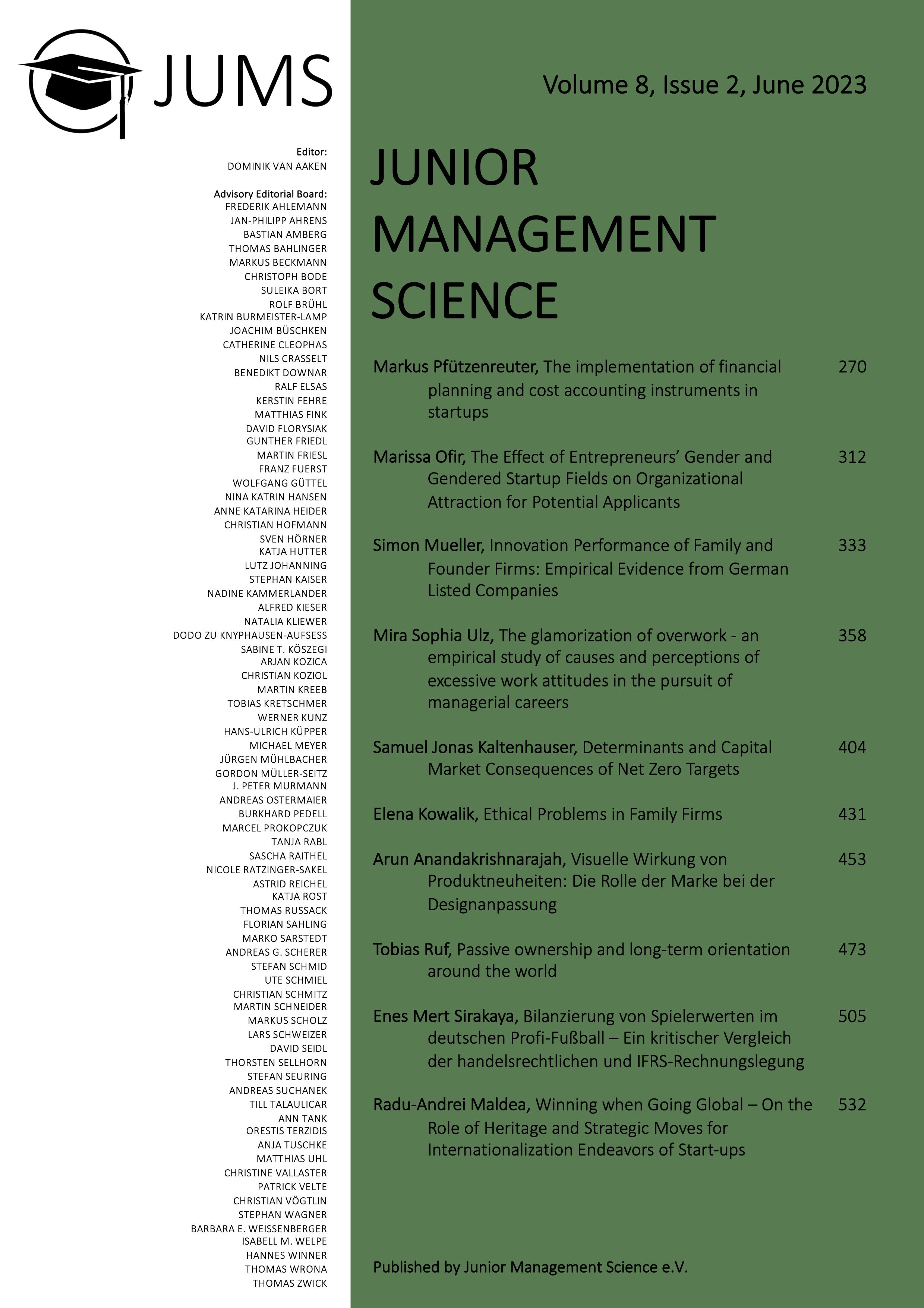Abstract
Product design plays an important role in the purchasing decision of goods such as cars or smartphones. In practice, to symbolize novelty in the presentation of asuccessor in a product series, the proportion of design elements is often changed. Despite the popularity of proportion changes, the effect of this design adjustment method on consumers' aesthetic pleasure has not yet been studied This work constructs a theoretical framework that explains how changes in proportion affect visual processing, drawing on both categorization theory and processing fluency theory. It posits that changes in proportion can act as a determinant of processing fluency, thereby influencing aesthetic pleasure. To verify the conceptual framework, a two-factor online experiment is conducted using smartphones from a strong and weak brand to test the postulated effect of proportion changes. It is found that the proportion change of a product design of a strong brand reduces processing fluency. However, the proportion change does not affect aesthetic pleasure.
Keywords: Processing fluency; Aesthetics; Product design; Branding; Categorization theory.

This work is licensed under a Creative Commons Attribution 4.0 International License.
Copyright (c) 2023 Arun Anandakrishnarajah

